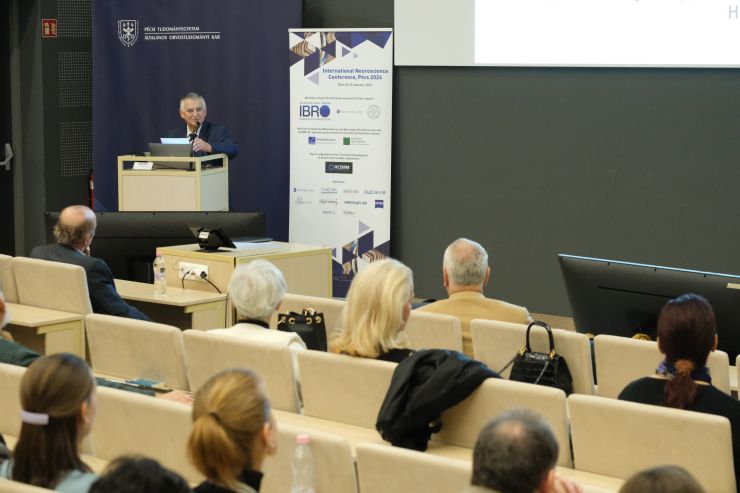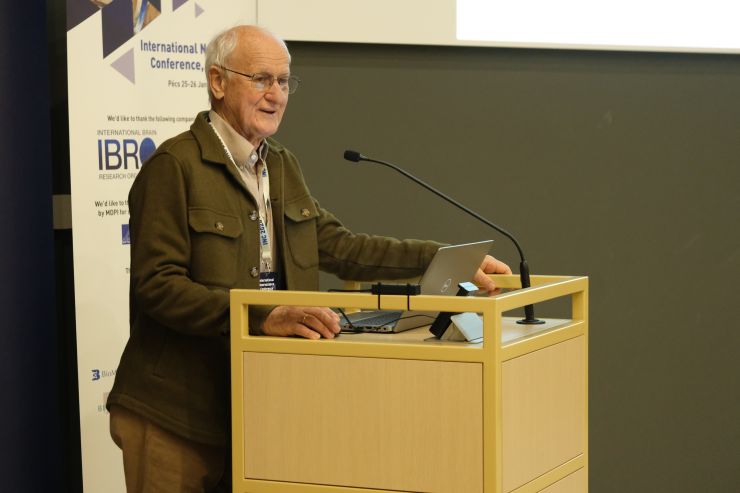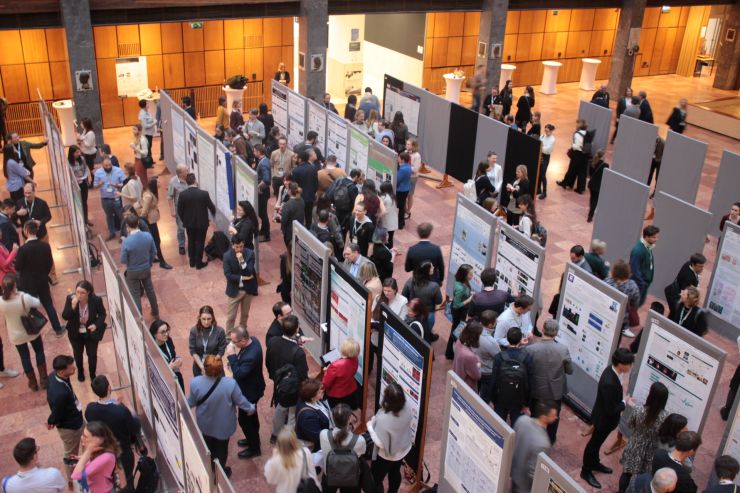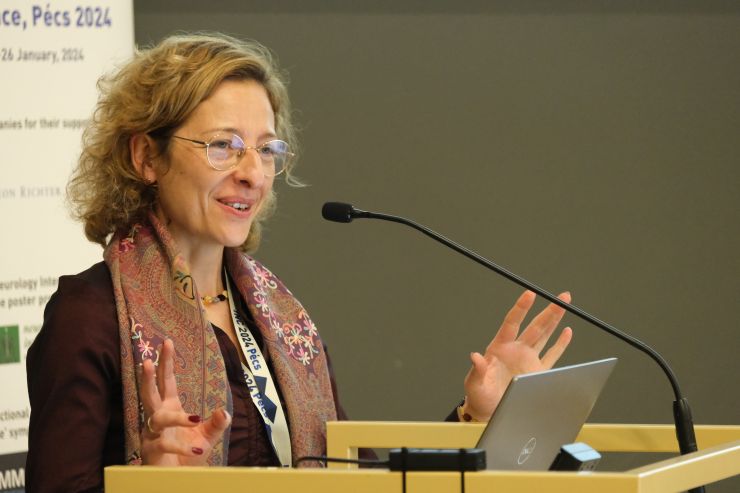DETAILED DESCRIPTION OF THE EVENT


The conference began on 24th January 2024 with a satellite event held by young scientists for young scientists (HunDoC). First Christina Miskolczi shared some career tips besides her interesting data on social development. Then the young scientists discussed their results in a relaxing environment and made suggestions to each other without the burdensome presence of the older generation. However, in the evening a much-awaited activity was the availability of György Buzsáki for a roundtable discussion, when everybody had the opportunity to freely ask questions about his personal experience in science.
INC2024’s main program began on Thursday at 9.30 and ended on Friday at 18.00. After the opening remarks from the chief patron, the Dean of the Medical School of Pécs University and the current president of the Hungarian Neuroscience Society; László Lénárd, the first president of the society, shared his memories about the first conference held exactly 30 years ago, also in Pécs. This was followed by an interesting interaction between neuroscientists and philosophers, where we could hear the ideas of the brain prize winner György Buzsáki. His idea about the role of the brain as a controller, not merely a coder and interpreter of external signals was eye-opening.
After a break for the poster presentations, there was a symposium on autism followed by another one on stress, both with international presenters, where we could hear about the latest results on the field. The last plenary lecture of the day was held by Zoltán Molnár from the UK to rethink and re-evaluate. He spoke about the development of brain wiring, examining the issue from an evolutionary perspective and emphasizing the importance of basic research. As he said, the true significance of the sixth layer of the cerebral cortex has not yet been revealed, which is why further investigations are essential.
After a very successful gala dinner, the next day started with a plenary lecture on migraines. "Thousands of techniques are in vain, without basic research, there will be no real progress" - this was also the thought of the brain prize winner Danish scientist, Jes Olesen, who marvelously mixed data from basic research with clinical examination providing hope for patients suffering from migraines.


The program continued with more human brain-relevant data in the frame of an HCEMM Nonprofit Kft. sponsored symposium with invited speakers from Germany. A special section was dedicated to visus with excellent international scientists from Australia and Finland. Friday’s poster section was followed by a symposium about neuropeptides. The great interest in the conference was indicated by the fact that even during the last plenary speech held by Ewelina Knapska on Friday evening, the auditorium was still full. Her excellent presentation introduced us to the brain mechanisms behind our social behavior.
An important part of the scientific program was the poster sections with an excellent location and organization. The almost 240 exhibited works were of high standard, the participants were thoroughly prepared, and they were rewarded with a total of 25 prizes. During the conference, art exhibitions were also held. We could enjoy a series of brain-inspired abstract paintings and another series inspired by interviews with patients living with chronic pain.
Dóra Zelena & Zsuzsanna Helyes
Co-chairs of the conference


Photos by Dávid Verébi
